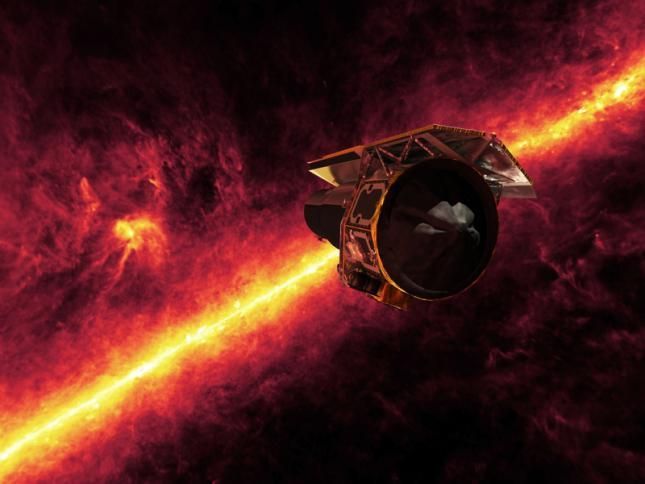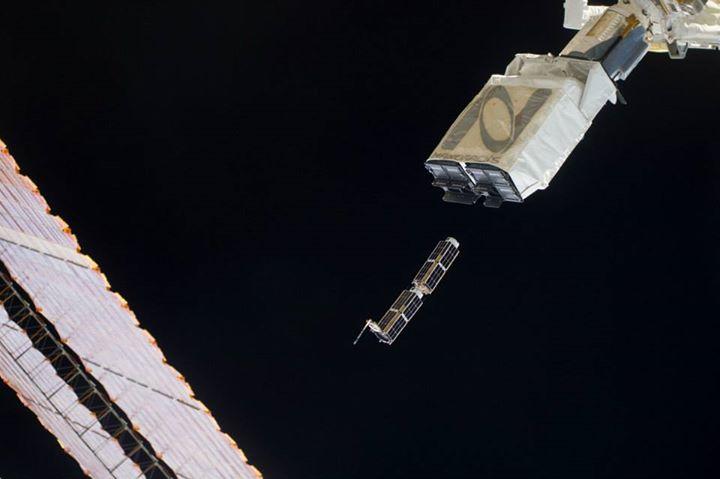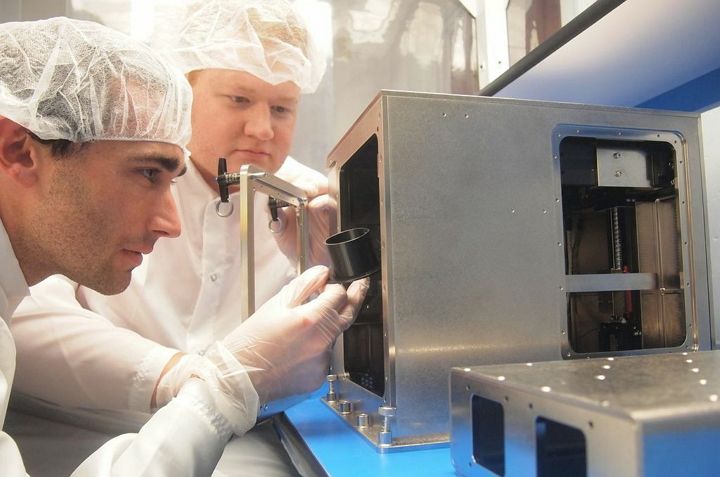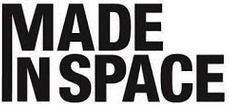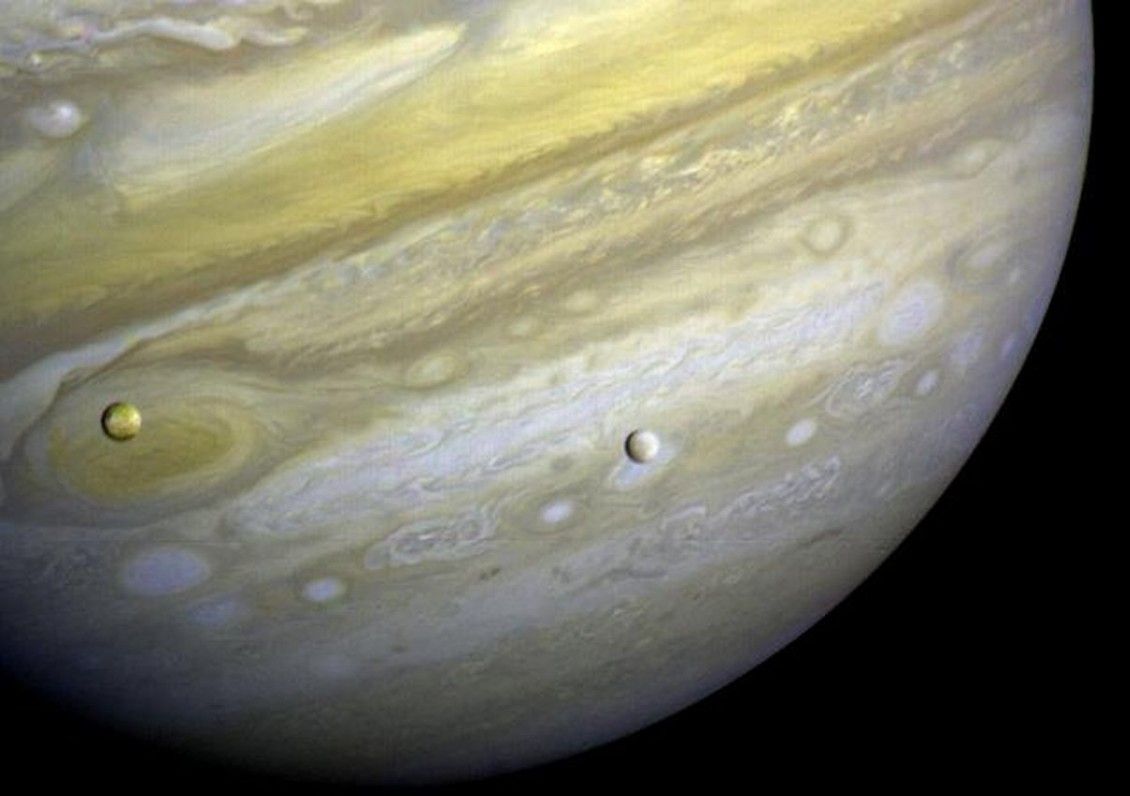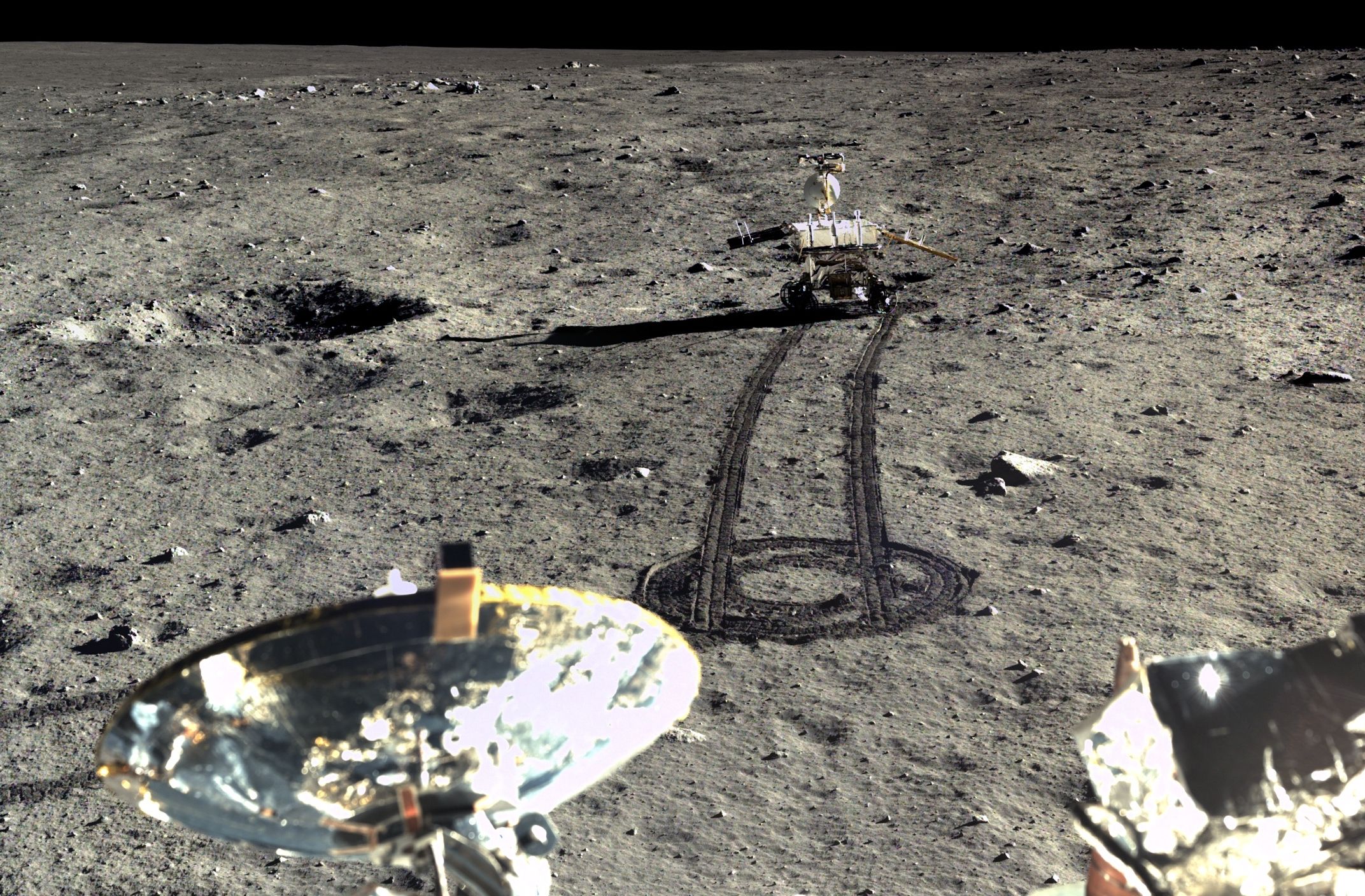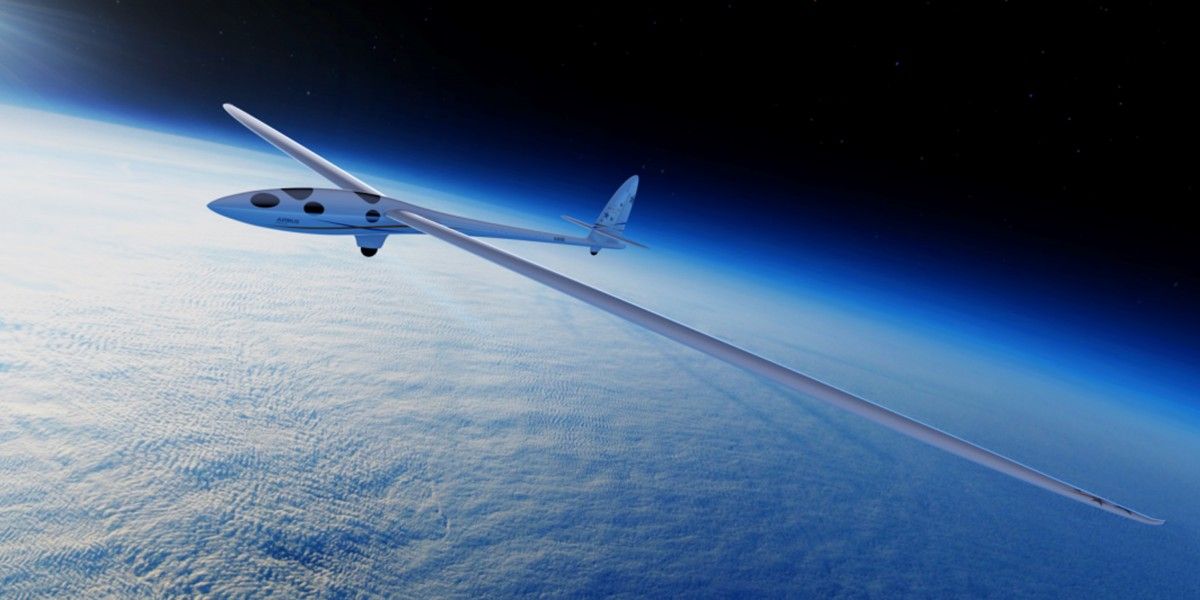http://www.transcendencemovie.com/
Dr. Will Caster: “For 130,000 years, our capacity for reason has remained unchanged. The combined intellect of the neuroscientists, engineers, mathematicians and hackers in this auditorium pales in comparison to even the most basic AI. Once online, a sentient machine will quickly overcome the limits of biology. And in a short time, its analytical power will be greater than the collective intelligence of every person born in the history of the world. So now imagine such an entity with the full range of human emotion. Even self-awareness. Some scientists refer to this as ‘the Singularity’. I call it ’Transcendence’. The path to building such a super-intelligence requires us to unlock the most fundamental secrets of the universe. What is the nature of consciousness? Is there a soul? And if so, where does it reside?”
Luddite: “Dr. Caster.”
Dr. Will Caster: “Yes, sir? You have a question?”
Luddite: “So you want to create a God? Your own God?”
Dr. Will Caster: “That’s a very good question. Um… Isn’t that what man has always done?”
“Some scientists refer to this as the Singularity. I call it Transcendence.”


